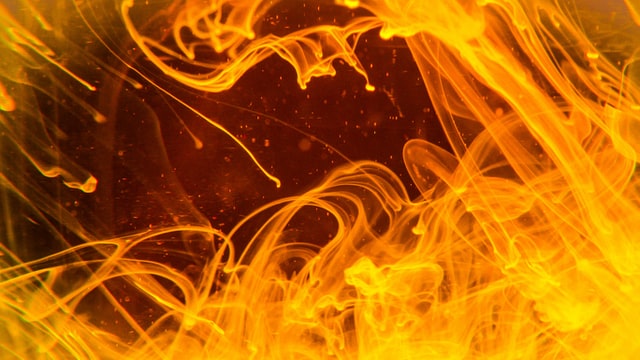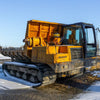Are burns at work avoidable with the right garments?

According to HSE, 5% of all non-fatal workpace injuries are burns. As per their latest figures, this accounts for nearly 27,000 reported cases. Of these, the vast majority are accidents that can be avoided. If workers are exposed to hazards that can result in burn injuries, it is the responsibility of their employers to put the necessary precautions in place to provide a safe workplace. Workwear plays a vital role in protecting staff from workplace hazards, but are burns avoidable at work with the right garments? Let’s take a look.
Workplace burn injuries
To provide appropriate protection against burns, you first need to understand the main types of burn injuries. These are as follows:
- Thermal Burns: Caused by heat application on the skin
- Electrical Burns: Caused by electrocution
- Chemical Burns: Caused by exposure to corrosive chemical substances
All three types of burns come in varying severity. First-degree burns affect only the outer layer of skin, whereas second-degree burns penetrate to the middle layer, and third-degree attack the deepest layer. As such, third-degree burns are the most serious, often requiring hospitalisation and a long recovery period.
PPE for burn injuries
In all cases, the best way to effectively avoid burn injuries is to prevent contact with the cause, be that heat, electric currents, or chemicals. Having the right workwear and protective clothing is the first step to achieving this. Employers should think about providing workers with eye protection, gloves, hardhats, and coveralls. You may not need to provide all of these garments. Carry out a risk assessment to see what level of protection is required.
The exact PPE you need also depends on the types of hazards present. Each protective item will need to be appropriate for the specific hazards your employees face. For example, anyone handing chemicals should have chemical-resistant clothing either made from materials like rubber and nylon or coated in PVC. Workwear made from woven fibres with a flame-retardant coating is appropriate for workers who carry out their duties around heat and fire.
Other safe practices
Supplying appropriate workwear plays a major role in keeping employees sae. Employers also need to ensure workwear is cleaned and stored correctly, checked for damage, replenished regularly and inclusive to provide equal protection for all workers. Training also plays a crucial role in preventing accidental burns. Staff need to be trained on the hazards present, how PPE plays a role in providing a safe work environment, and the best ways to carry out their job with minimal risks. Refresher training should also be a priority, keeping everyone up-to-date with the latest practices and risk assessments.
-
Posted in
PPE, protective equipment, workplace burns, workplace injury





